15 Unmissable Web Design Podcasts for 2019
Original Source: https://www.webdesignerdepot.com/2019/05/15-unmissable-web-design-podcasts-for-2019/
 Web design gets broader everyday, with new technologies entering the field on a seemingly weekly basis. As a web designer, you need to stay on top of these technologies, and upgrade your skills, or you’ll become obsolete. But it’s tough to keep up when you’re reading countless Medium posts, and scouring the latest ebook for tips.
Web design gets broader everyday, with new technologies entering the field on a seemingly weekly basis. As a web designer, you need to stay on top of these technologies, and upgrade your skills, or you’ll become obsolete. But it’s tough to keep up when you’re reading countless Medium posts, and scouring the latest ebook for tips.
That’s where podcasts come in. The (usually) short episodes are like talk radio for the web, and are a great way to keep up to date on new technology and ideas.
Today we’ve collected 15 podcasts that are worth trying, if you’re not already addicted. Download a few, and listen to them on your commute, you’ll arrive at work inspired, more knowledgeable, and ready to go.
1. Responsive Web Design Podcast
The Responsive Web Design Podcast is brought to life by Ethan Marcotte and Karen McGrane. There are currently over 150 episodes, and still counting. Ethan and Karen conduct discussions and interviews centered around responsive design, and well-known sites that have implemented it.
2. ShopTalk Show
The ShopTalk Show is a huge deal, achieving a massive amount of publicity and attention, thanks to the efforts of Dave Rupert and Chris Coyier. Experts from across web design and development are invited on, on a weekly basis, and they’ve amassed over 350 episodes to date.
If you’re into web design, and love staying in touch with the latest web technologies then this is one podcast you’ll definitely want to check out.
3. The Web Ahead
Jen Simmons is the anchorwoman for The Web Ahead, through her resilience and love of tech, she invites renowned experts to speak their views and ideas on various web topics ranging from responsive web design, programming languages, and many other topics.
You’re able to access fresh episodes on weekly basis, which are usually above an hour in duration.
4. The Boagworld UX Show
Paul Boag’s a very successful writer on web design, and he’s been in the industry for years with a number of successful publications under his belt. His accomplice on The Boagworld UX Show is Marcus Lillington, who has an incredible history of successes as well.
This podcast channel runs to almost 500 episodes, all of which can be subscribed to, through your favorite podcast player, or RSS.
5. Alexa Stop
If I was ranking these podcasts starting with my favorites, Alexa Stop would have been right at the top.
Jim Bowes and Robert Belgrave study the impact of technology on our lives, and their podcast episodes explore cutting edge technologies like new developments on the web, and computational innovations.
6. JavaScript Jabber
The podcast here, as the name suggests, is mostly about JavaScript. JavaScript Jabber connects you with a wealth of experience in front-end web development. Plus it’s accessible enough for those who are just entering the field.
7. Drafts
Giovanni DiFeterici and Gene Crawford cover everything web design and development on Drafts, bringing this channel to life.
Each podcast encompasses a time frame of 15 minutes, which is shorter than most, but each one is packed with ideas to keep you inspired and engaged.
8. TheBuildUp
Bobby Solomon and Jon Setzen are the big hit on TheBuildUp, they are the experts themselves, so they engage in short conversations within fields that best suits the tech industry, with emphasis to the web technology among other fields. A single episode is released on a biweekly basis.
9. The Big Web Show
Jeffrey Zeldman really has it big for web techies. The episodes cover topics relating to web publishing, design, and typography among many other topics. The Big Web Show is a web show that you really can’t afford to miss out on.
10. CTRL+CLICK CAST
Ctrl+Click’s former name was ExpressionEngine which was brought alive by its hosts Lea Alcantara and Emily Lewis. As their slogan was “your human web inspectors” their approach to podcasting was to guide, teach, and motivate web designers.
11. The Gently Mad
Adam Clark with his guest on The Gently Mad podcast comes to their audience’s rescue by highlighting stories, facts, databases, deep insights and real-time experiences of individuals doing great in their respective fields.
12. 99% invisible
99% Invisible episodes are consistently brilliant, despite the fact that each of the episodes usually run to a duration of between 15 to 20 mins. An amazingly addictive series of podcasts.
13. Data Stories
Data visualisations are the primary topic on Data Stories, a podcast hosted by outstanding personalities Enrico Bertini and Mortiz Stefaner). Their topics are mainly academic but oftentimes, they follow their audiences responses into more divergent and less well-trodden paths.
If you are passionate about web and related topics like software development, infographics and data analysis, then Data Stories will help you stay up to date.
14. Design Matters
Debbie Millman has been rowing her boat in the podcast industry since 2005. She loves touching on anything design, right from architectural designs, web design, product design, etc.
This is why the experts she meets for discussion on Design Matters are always designers with high sense of technical craftsmanship.
15. The Digital Life
Jon Follett and Dirk Knemeyer are the podcast hosts here, they speak about everything digital but primarily digital technology. Their episodes were among the most trending. If you really want to go beyond web design, the Digital Life is your bet.
Featured image via Unsplash.
Add Realistic Chalk and Sketch Lettering Effects with Sketch’it – only $5!
![]()
Source
p img {display:inline-block; margin-right:10px;}
.alignleft {float:left;}
p.showcase {clear:both;}
body#browserfriendly p, body#podcast p, div#emailbody p{margin:0;}















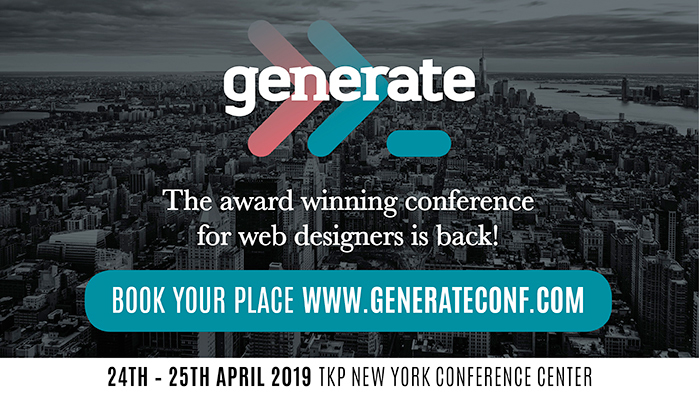
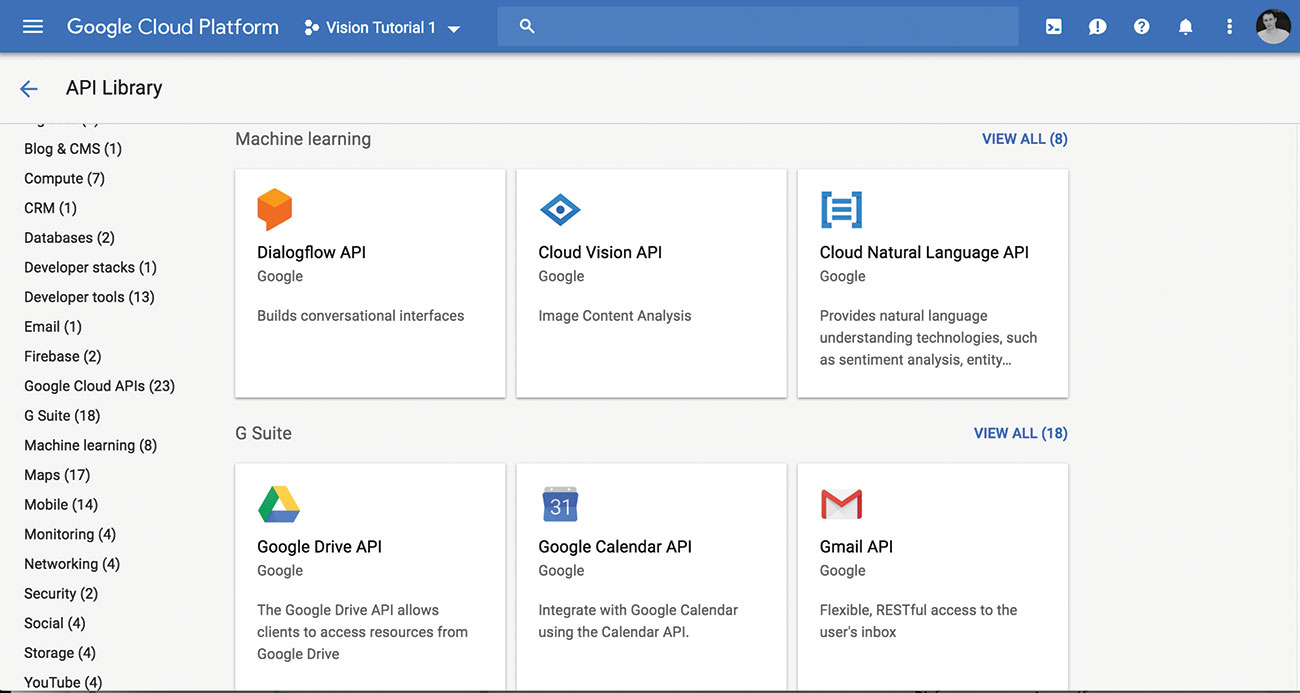


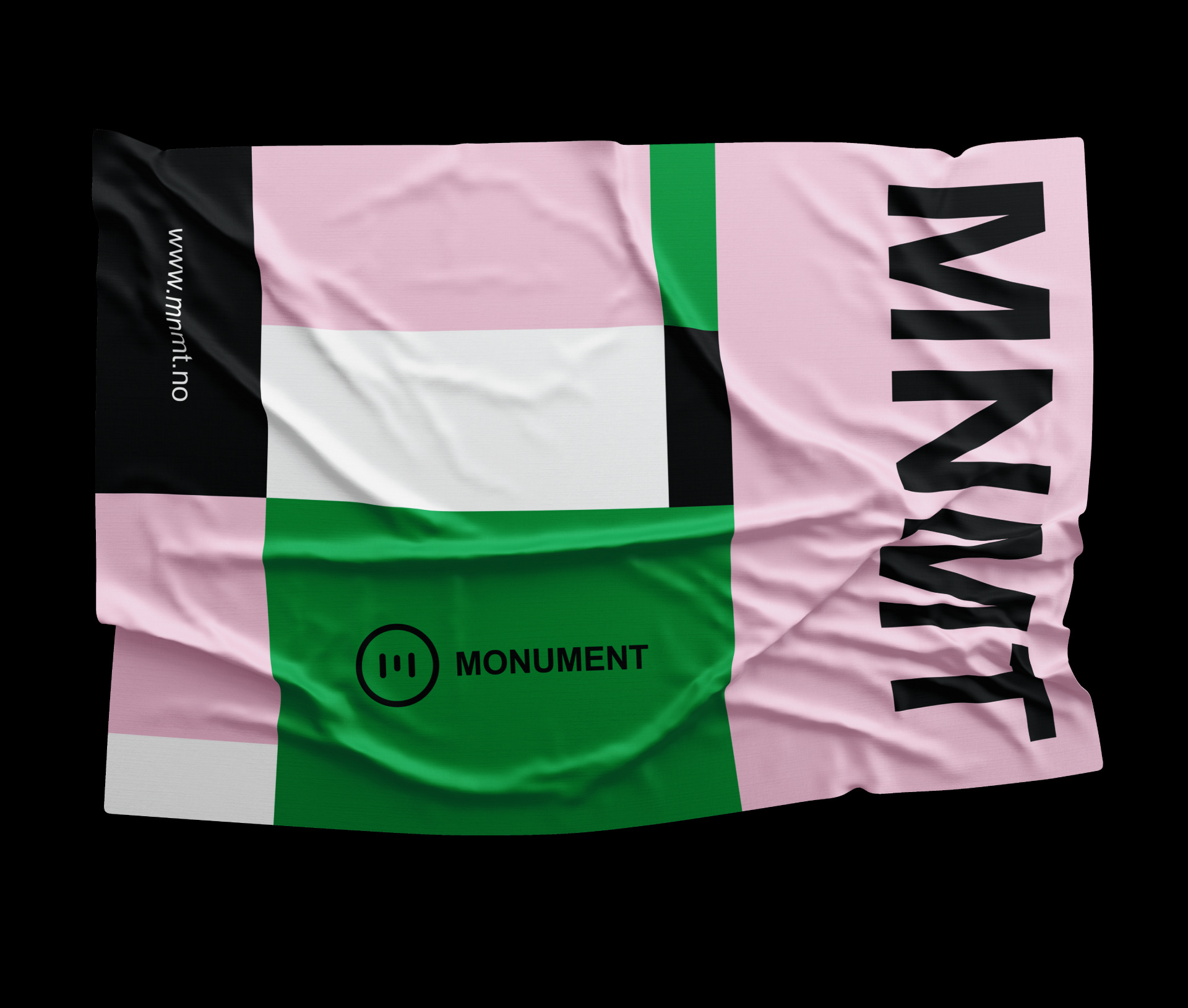
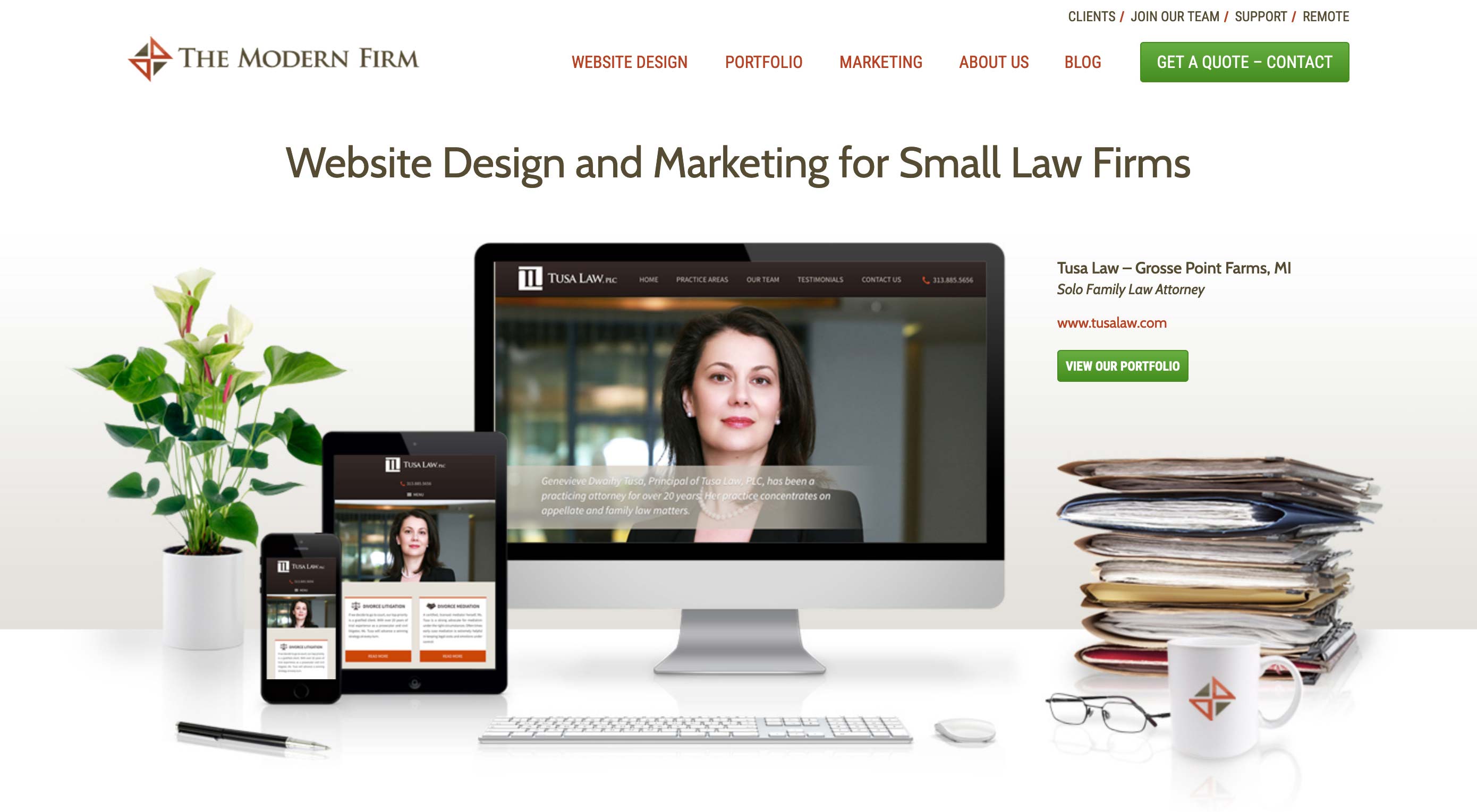 Design work is very time consuming. But it’s not just the labor you put into building websites that takes time and concentration.
Design work is very time consuming. But it’s not just the labor you put into building websites that takes time and concentration.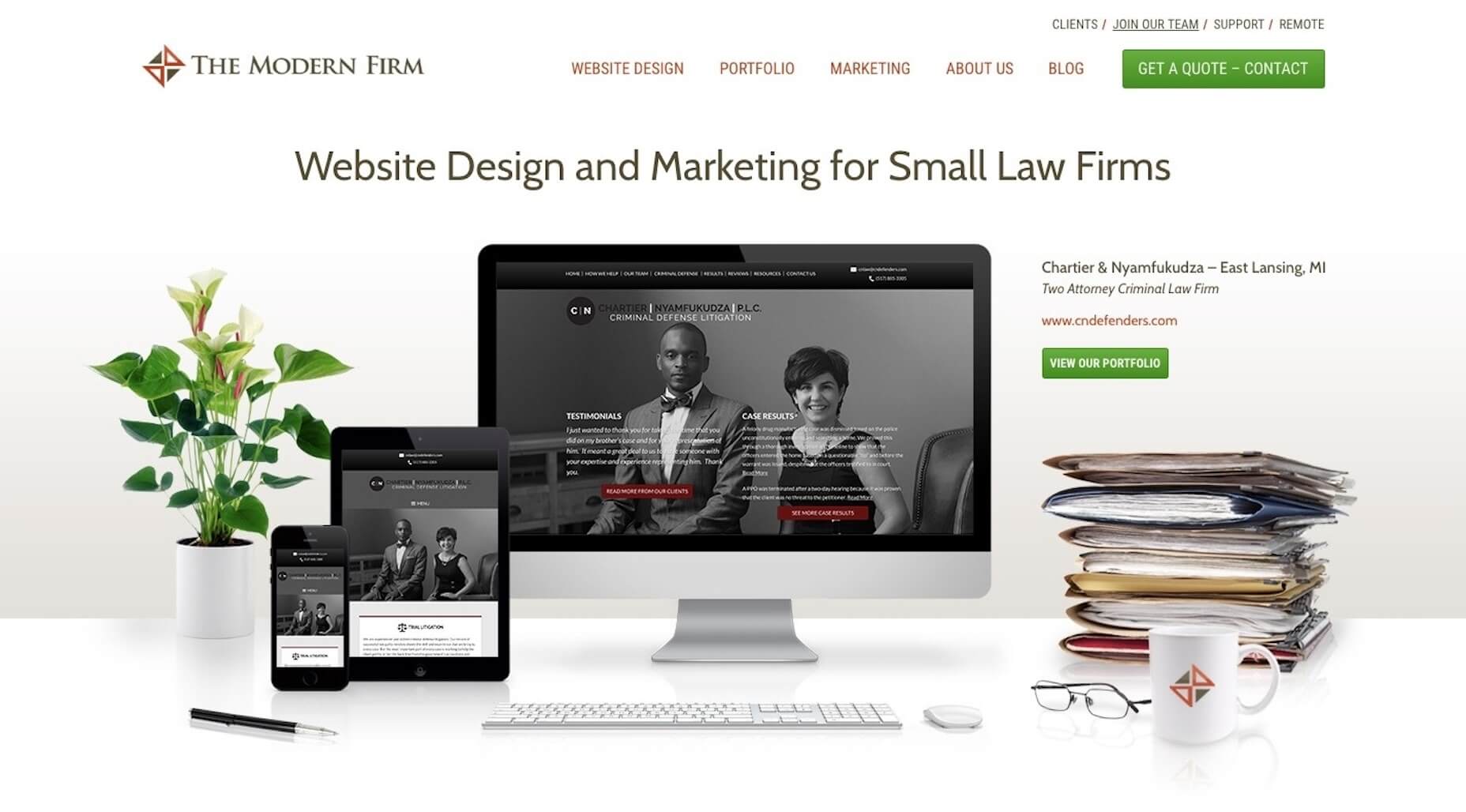
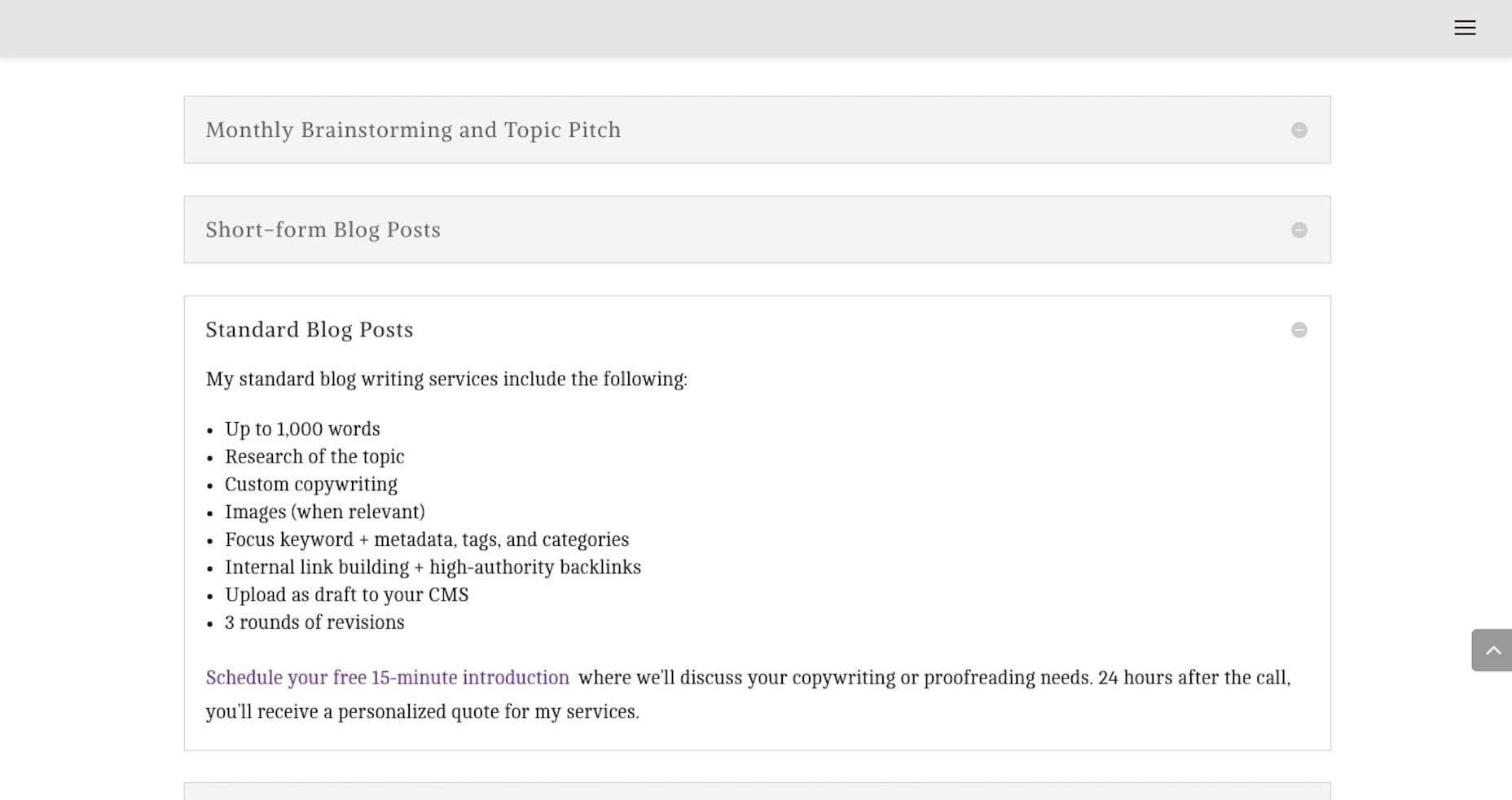
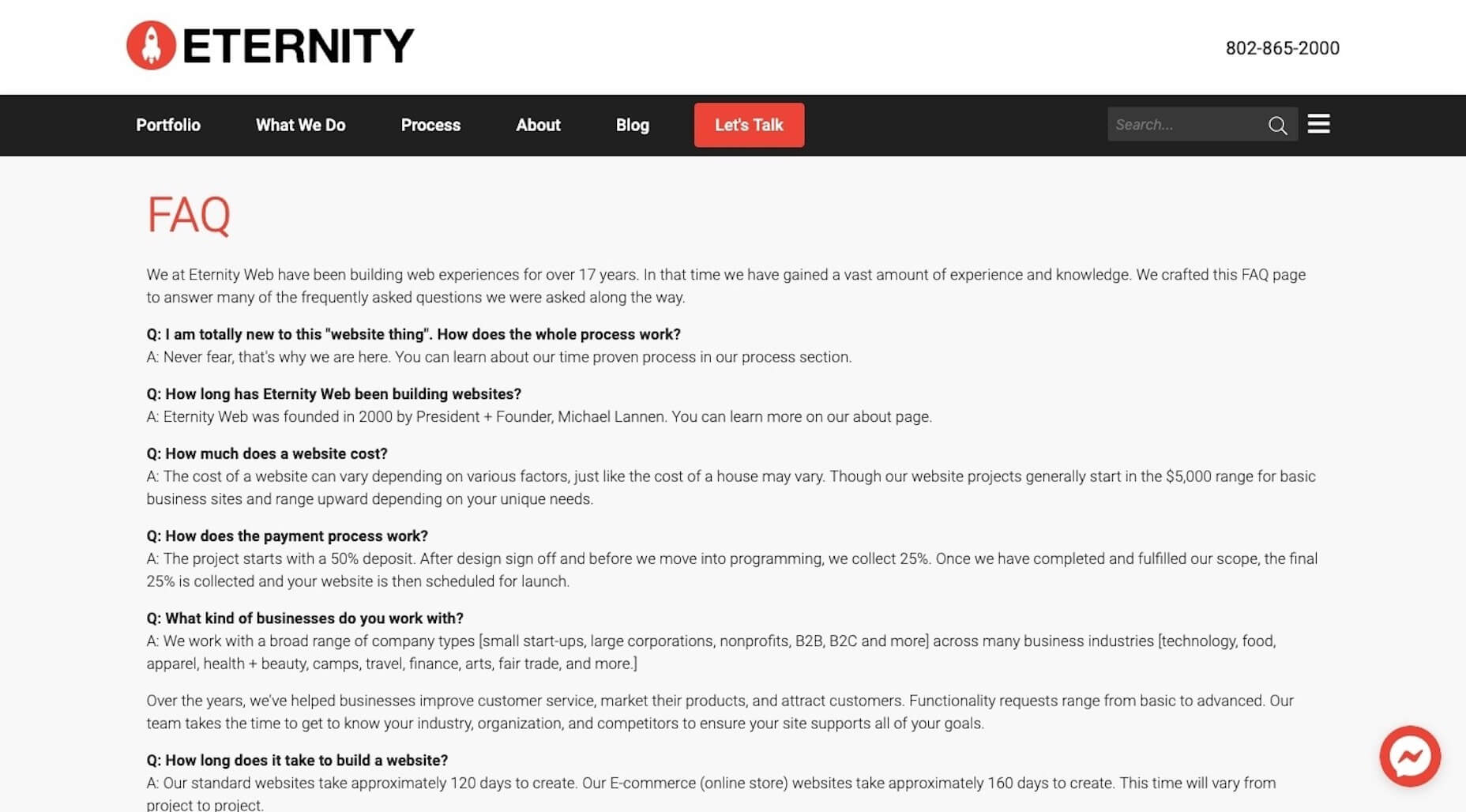
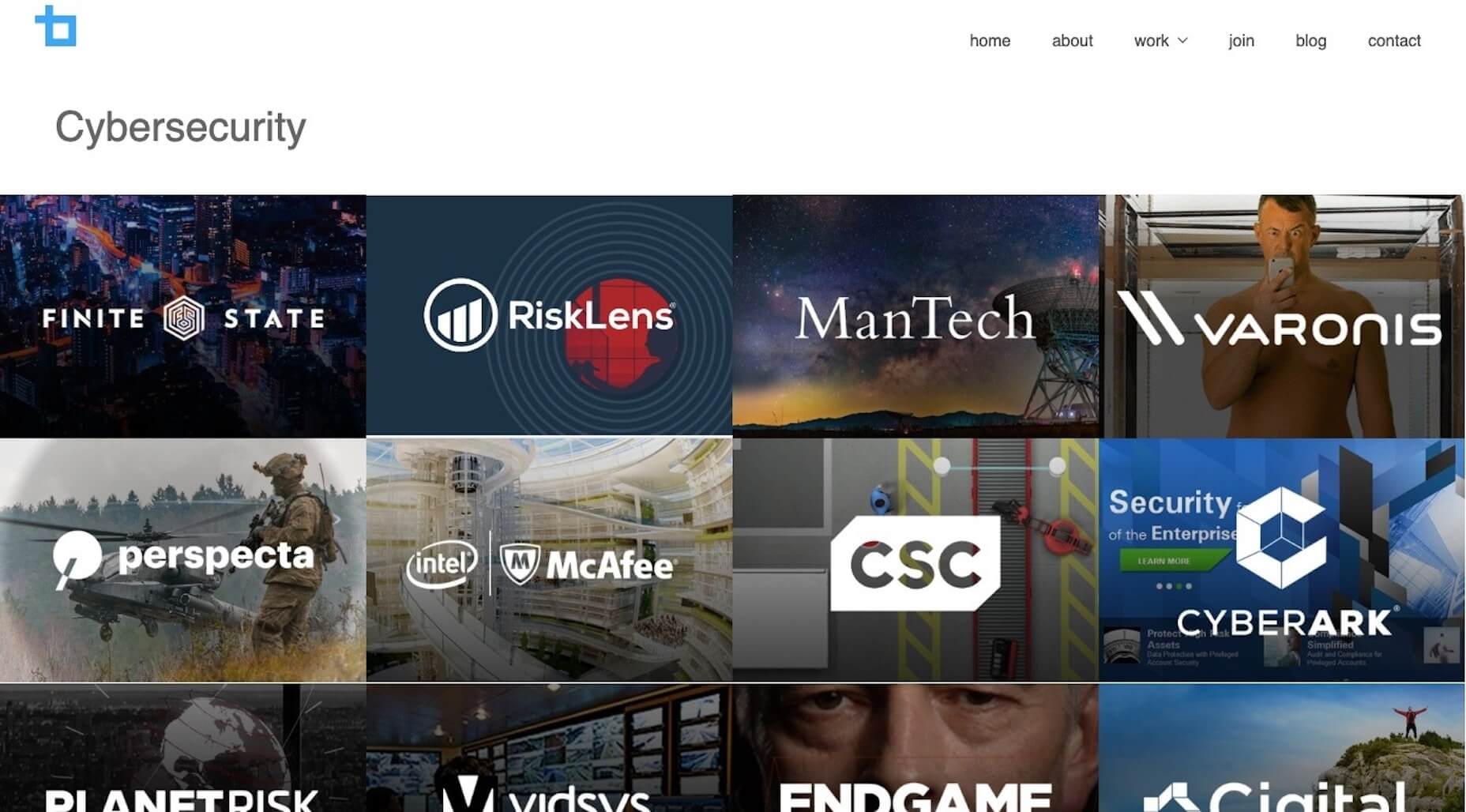
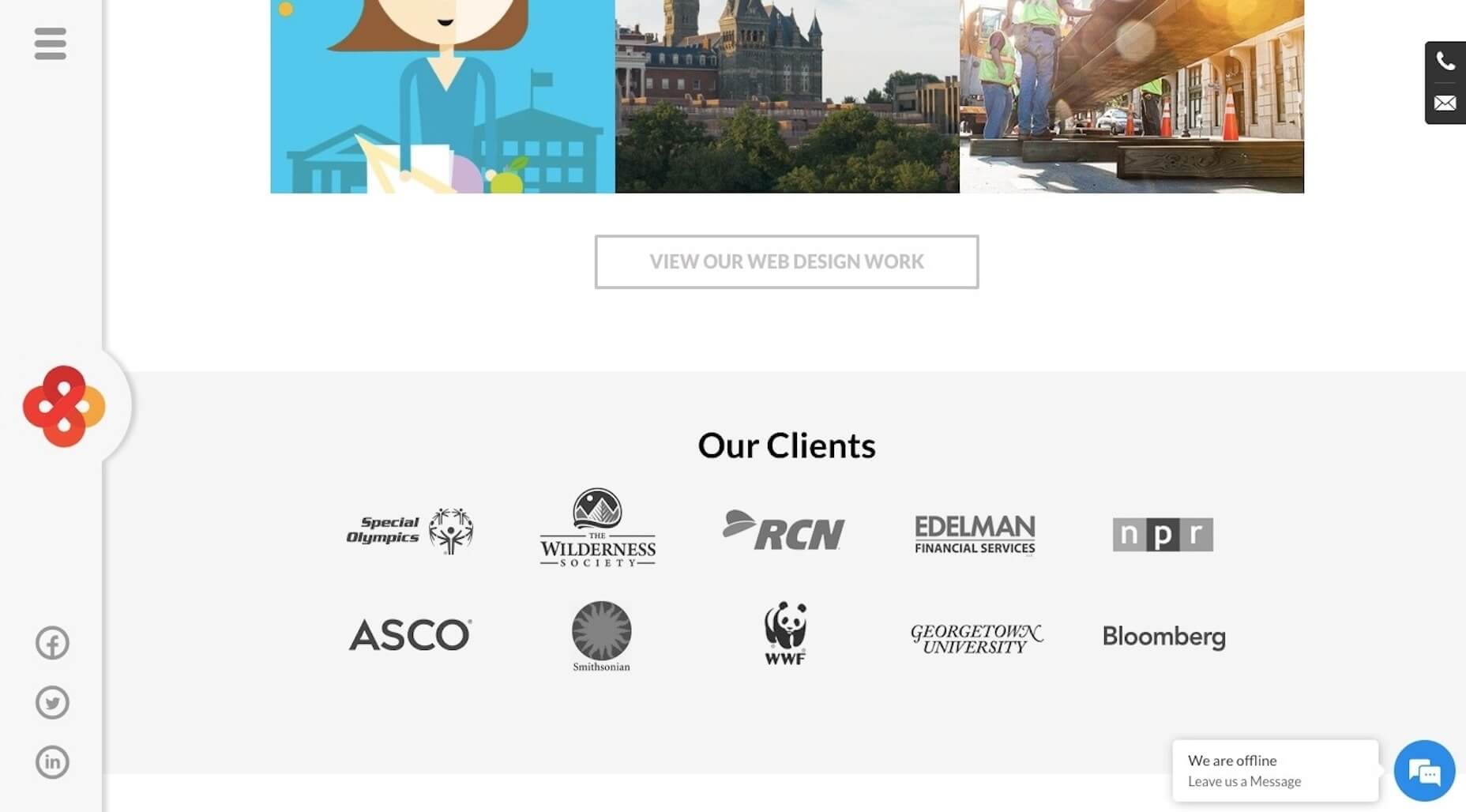
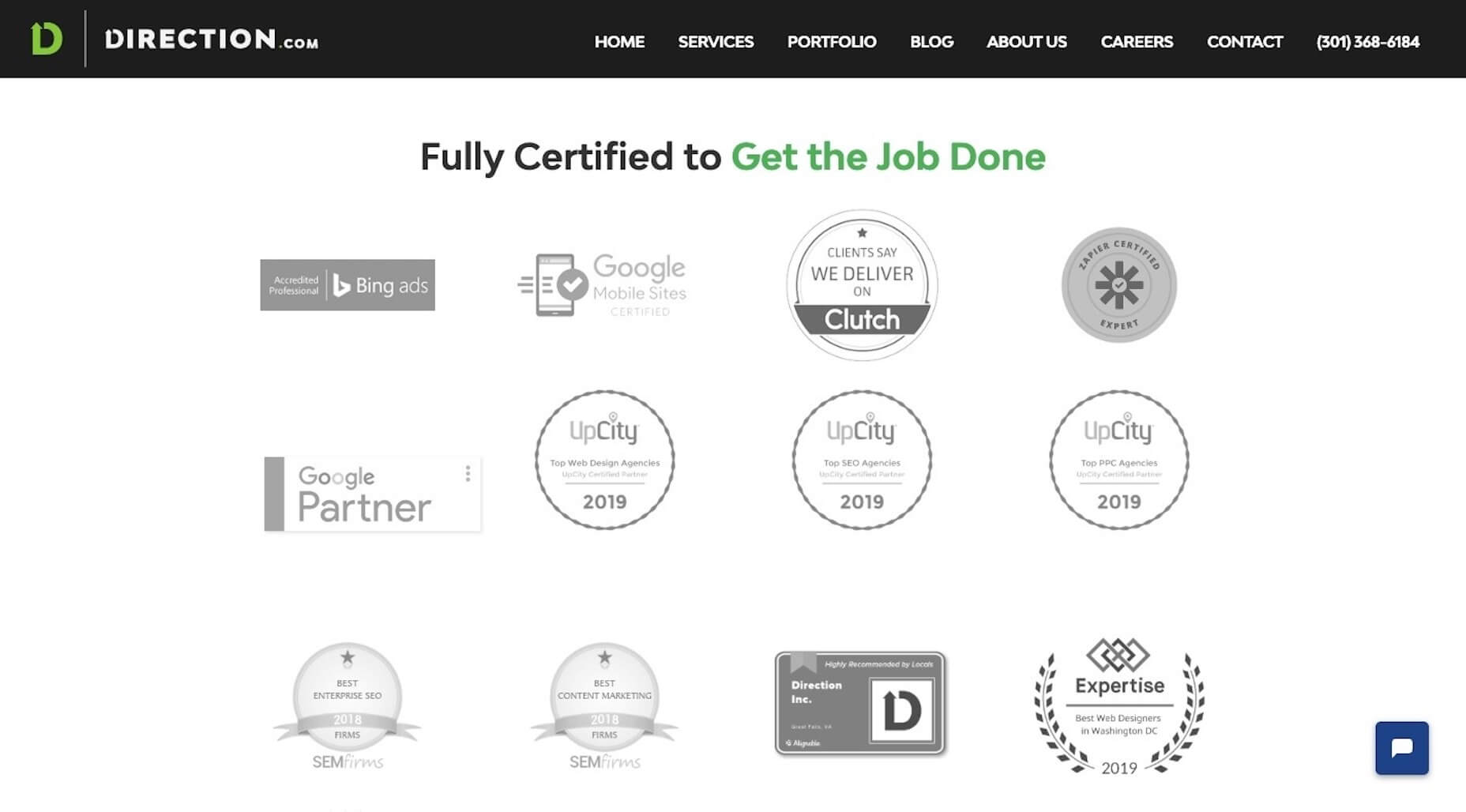
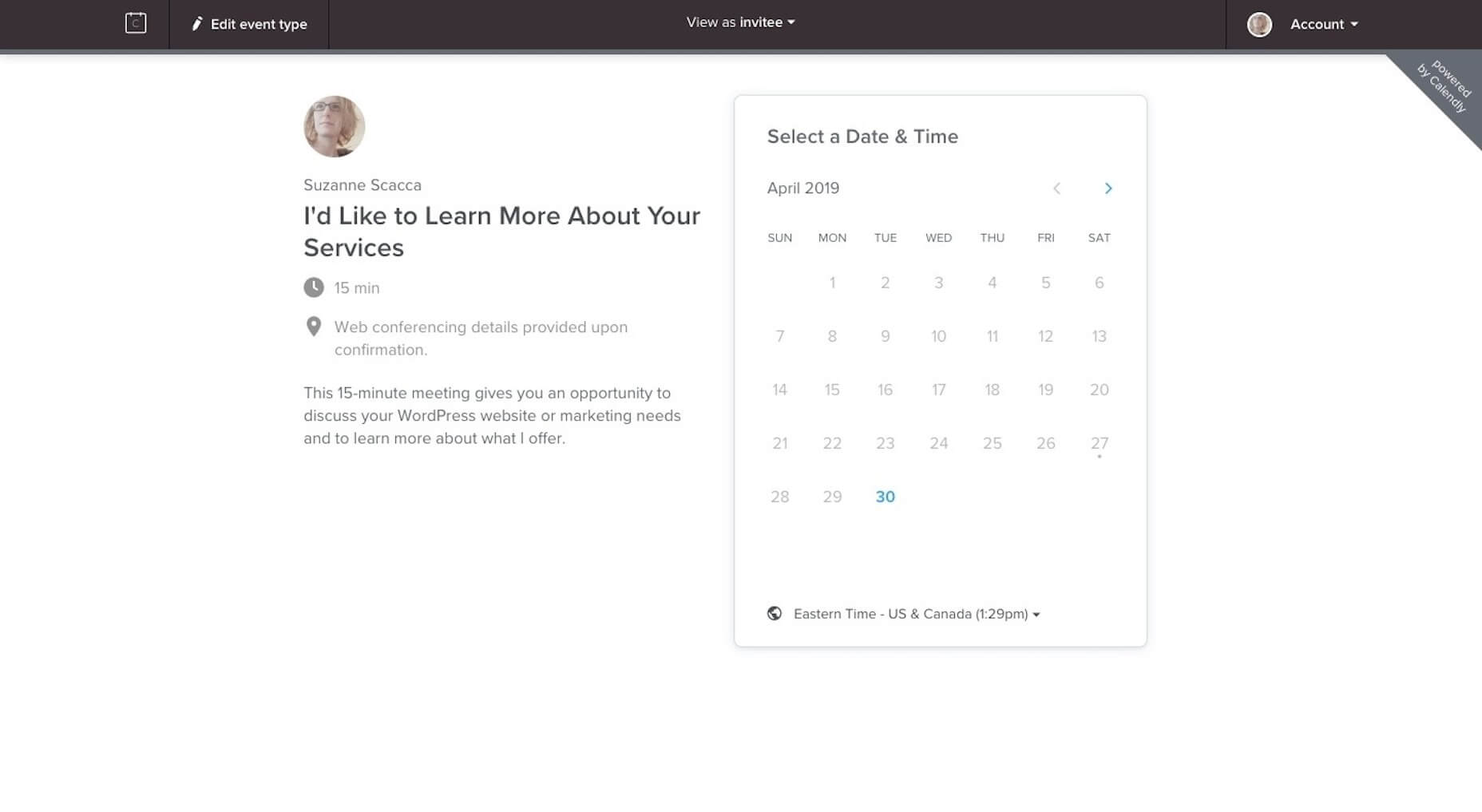





















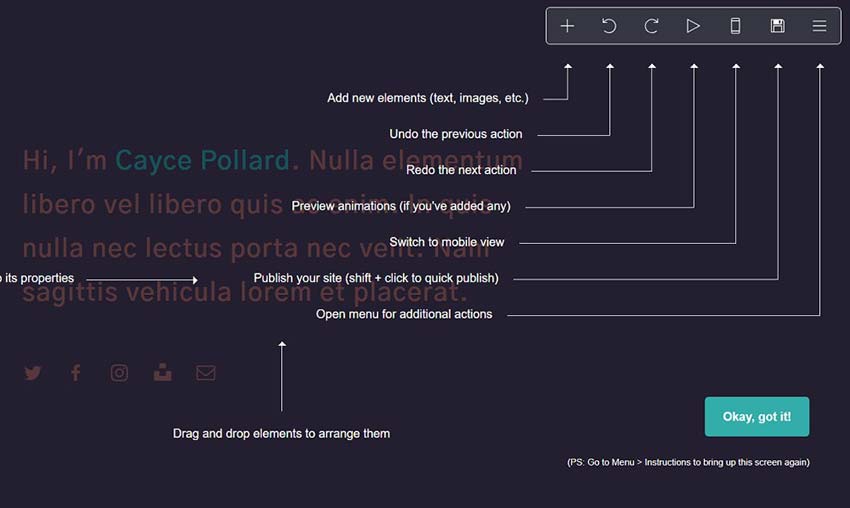
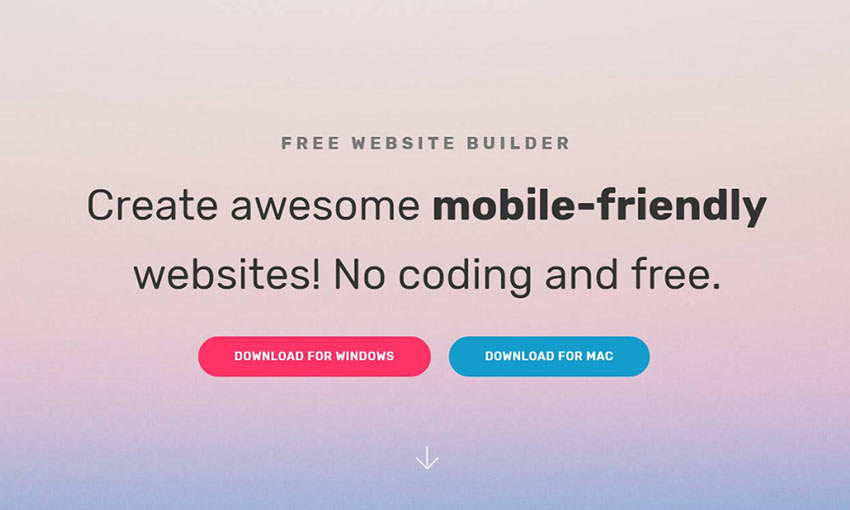
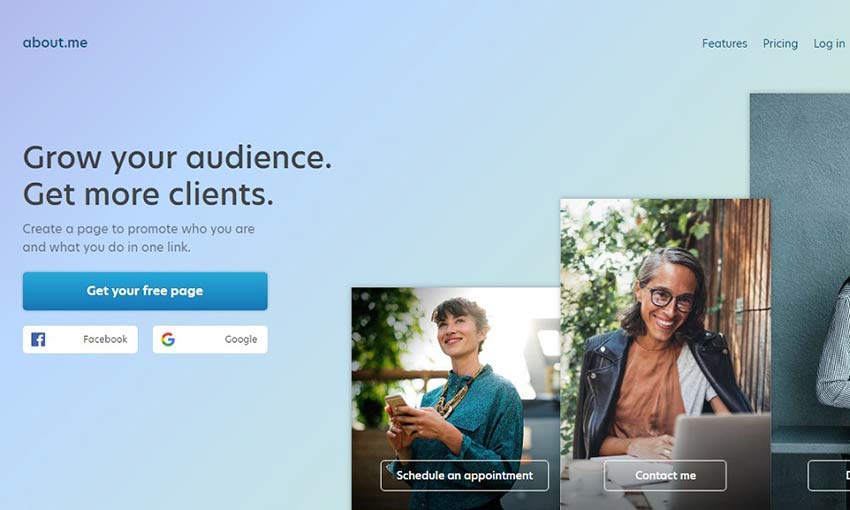
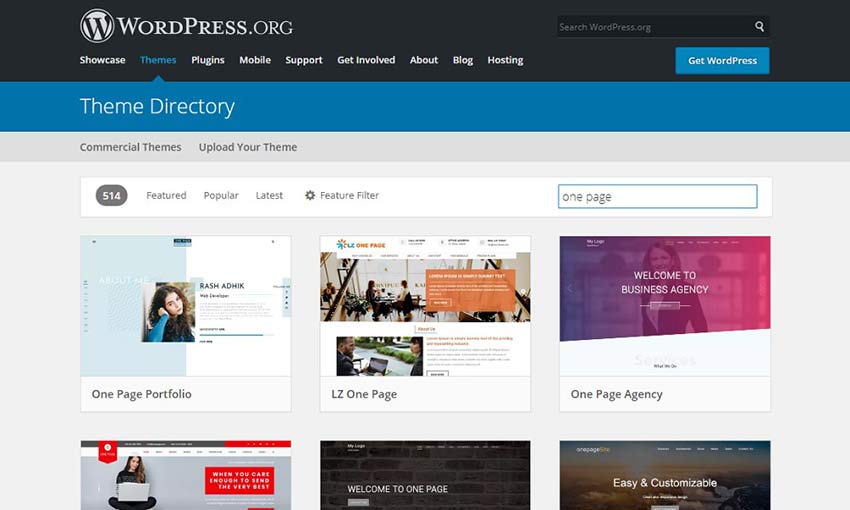
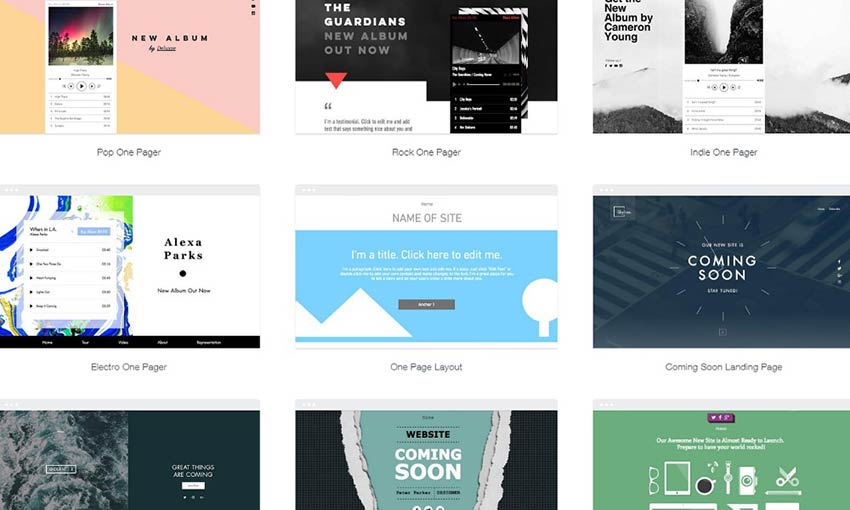


 The Internet as a concept, and as a community, is much like a teenager: it’s struggling to establish its identity, everyone is trying to tell it what to do, and it tends to lash out at both people who deserve it as well as those who don’t. It does so at random, and you’re not its real dad, anyway.
The Internet as a concept, and as a community, is much like a teenager: it’s struggling to establish its identity, everyone is trying to tell it what to do, and it tends to lash out at both people who deserve it as well as those who don’t. It does so at random, and you’re not its real dad, anyway.
